It’s a well-known fact that the city of Paris is an iceberg. While skyscrapers, galleries and landmarks dominate the surface, all sound-tracked by the hustle and bustle of industry and tourism, a different city lurks beneath. A labyrinth of tunnels and passageways snake and criss-cross for miles beneath the capital, with countless inhabitants of their own.

Over six million of Paris’ dead are crammed into the tunnel network that was once built to link stone quarries. These functional tunnels were reused as ossuaries, namely storage for human remains, with the process beginning in 1774. Like so many city burial grounds, small churchyards quickly filled up with several layers of human remains, with dangerous side effects following in their wakes. Not only did grave digging become a dangerous occupation, but graveyards became fetid, smelly places with uneven ground and collapsing grave plots. Many other churchyards and burial spaces suffered structural collapse. In Paris, one such collapse that hastened the reusage of the tunnels took place at the Holy Innocents’ Cemetery when walls repeatedly collapsed.

Holy Innocents’ was once one of the largest and most densely used cemeteries in Paris, used from the Middle Ages until the late 18th century when the continued use of the ground became virtually impossible. Throughout the reign of Louis XV, complaints about the conditions of the area came in thick and fast; although the grounds were substantial, the amount of bodies was unsustainable. The cemetery would have been closed with alternate sites established outside of the city were it not for the insistence of the church, who relied heavily on burial fees. Eventually, aided by a long period of rain, the church relented and a law forbade any further burials at any Paris cemetery from there onwards.
In 1786, the burials of Holy Innocents’ were exhumed and brought to the catacombs where, alongside millions of others, they were arranged in enormous piles and displays, filling the passageways with anonymous bones, separated from the rest of their skeletons.

Photograph by Gaspard-Félix Tournachon aka Nadar. Via National Geographic.
Until the 19th century, the Paris catacombs were largely functional, with portions used as cellars for local businesses, but were otherwise largely disused and forgotten. It was only when the Victorians, with their love of parties and novelty, rediscovered the possibilities of Paris’ macabre subterranean network that it re-entered public consciousness.
Many businesses retained staircases and storage areas within the catacombs, with conditions providing much needed space in the cramped city centre. But nothing is simple in the catacombs, and there are many more bodies within the tunnels that were not supposed to be there. The tunnel networks are vast and continue to be the source for many horror films to this day. One wrong turn and you join the swathes of nameless dead.

Philibert Aspairt was a doorkeeper at the Paris hospital of Val-de-Grâce during the period of the French Revolution (1789-1799) and was well-versed in the layout of the hospital and its entrances and exits. However, even he was not safe from its endless dark corridors.


For reasons unknown, Philibert entered the catacombs via a hospital staircase and was never seen again. It’s generally believed that somewhere along the way, he took a wrong turn and couldn’t find his way back. So vast are the tunnels, that one could get lost in seconds with each turn and each corridor looking the same as the last. 11 years later, in 1804, Philibert’s body was found in the catacombs, presumably identified by his hospital keys. His body was not brought to the surface, but was buried where he lay.

He is a rarity in the catacombs, being not only one of few with a name, but with a headstone. His grave is no longer accessible to the public, as the majority of the tunnels are restricted for safety reasons, but sits beneath the rue Henri Barbusse in Paris’ Latin quarter.

TO THE MEMORY OF PHILIBERT ASPAIRT, LOST IN THIS QUARRY ON 3 NOVEMBER 1793; FOUND ELEVEN YEARS LATER AND BURIED IN THE SAME PLACE ON 30 APRIL 1804.
We can only speculate on what Philibert endured before he died, but we can certainly celebrate his lasting legacy – and warning – as to the dangers of the roads beneath the city.

P.S – He also seems to have been included as a character in the game Assassin’s Creed, which is…an interesting choice!
***
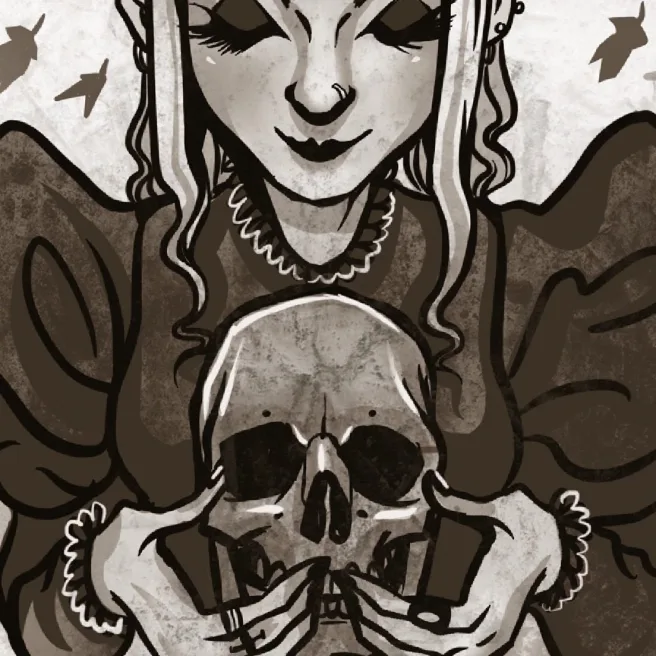
Liked this post? Then why not join the Patreon clubhouse? From as little as £1 a month, you’ll get access to four brand new posts every week (articles, pictures, videos, audio) and full access to all content before that! Loads of exclusive stuff goes on Patreon, never to be seen on the main site. Pop on over, support my work, have a chat and let me show you my skulls…
www.patreon.com/burialsandbeyond

Liked this and want to buy me a coffee? To tip me £3 and help me out with hosting, click the link below!
https://ko-fi.com/burialsandbeyond
***
Further Reading:
https://d-infinity.net/posts/developer-blog/dungeoneering-catacombs-paris – A fascinating personal account from a man who was a student in Paris in the 90s and spent 12 hours in the catacombs.
https://spookt.com/lore/the_ghost_of_philibert_aspairt – some paranormal thoughts on his grave

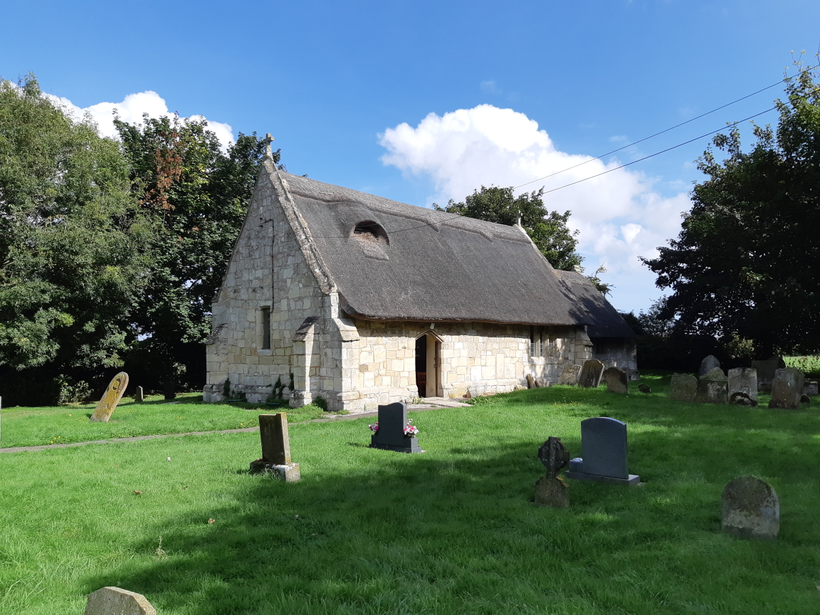
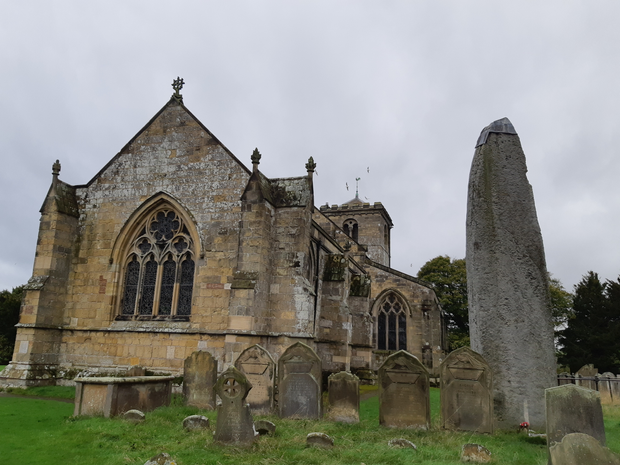
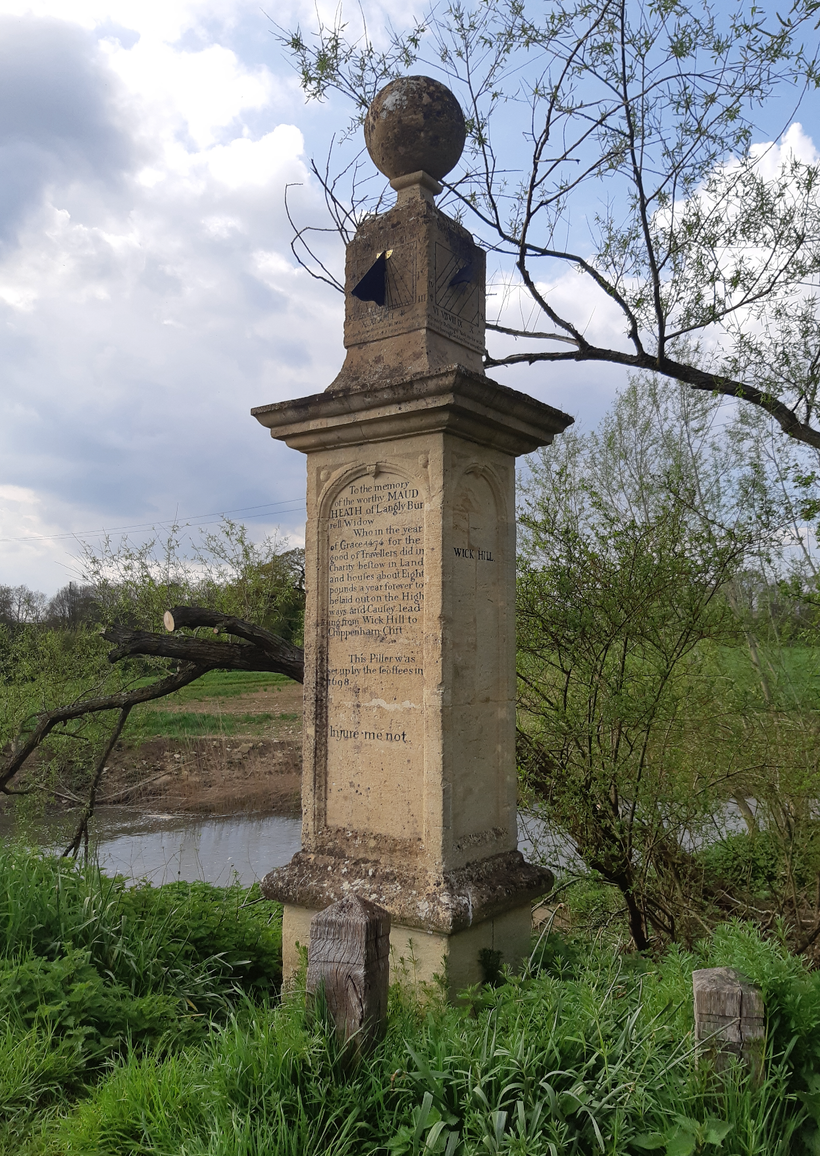
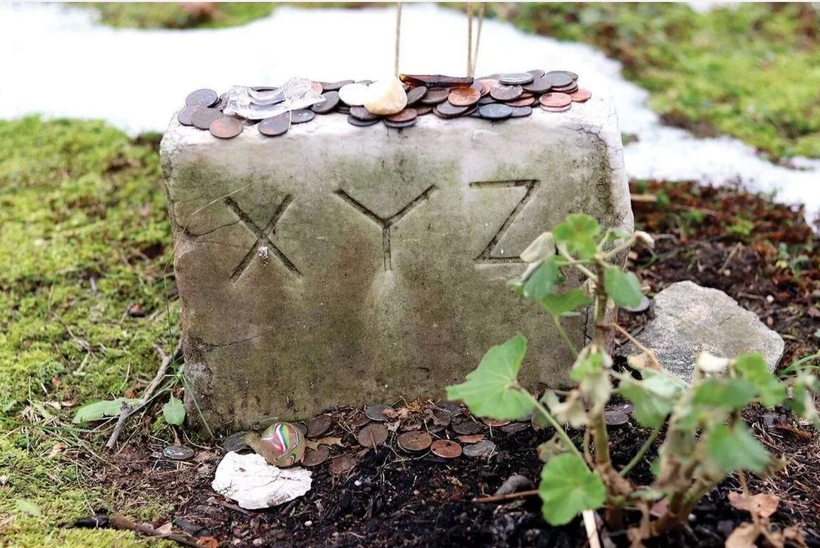
Leave a comment